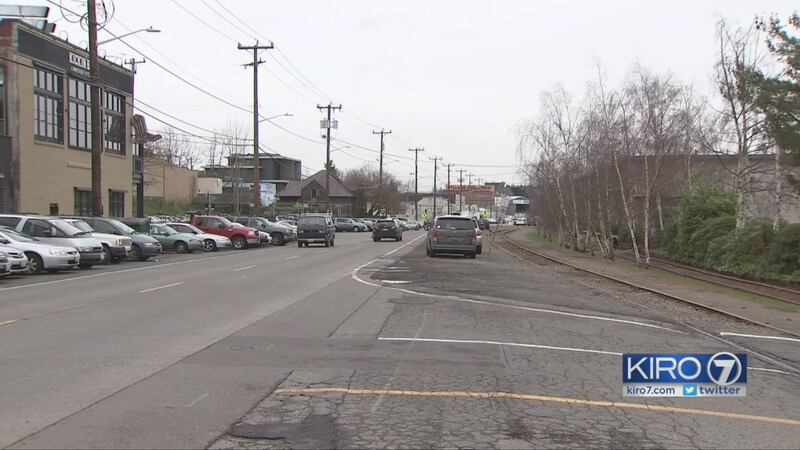SEATTLE — For years, the city of Seattle has received complaints from cyclists and pedestrians about the traffic and the dangerous area along the Burke-Gilman trail.
The 20-mile trail is complete except in one segment of the Ballard neighborhood, which is known as the "missing link."
There's a compromise that if approved would complete the 1.4-mile segment through the neighborhood.
Seattle Department of Transportation laid out the latest version of design plans on Friday to move forward on completing the missing link of the Burke-Gilman trail.
"About a year ago, as we were completing the environmental impact statement process, there were some discussions with some of the business owners,” Mike O’Brien, a Seattle City Council member, said. “A few modifications were made to accommodate, so these designs reflect that."
Cyclists and pedestrians, who travel along the trail daily, said they're concerned about their safety.
"I worry about people whose kids in the back seat are distracting them and they just don't end up seeing me," Karl Boveng, a cyclist who travels through the Burke-Gilman trail frequently, said. "And either I think they do or [then] they decide to make a turn or there's parking all along here [then] somebody backs out [and hits you]."
"You pretty much have to watch out when you're on this road," said Halena Isturis, who just moved to Ballard from Alaska. "I don't even walk on the pedestrian lane. I usually just walk on the side just because of the oncoming traffic."
Some in the Ballard business community shared their thoughts about the alignment of the trail.
"The thing to remember is those businesses on Shilshole Avenue are water-dependent businesses. We can't pick up our business and move it. We need to be able to get boats in and out of the water. Salmon Bay needs to be able to get barges of gravel,” said Nigel Barron, who works in the Ballard area. “You can move a trail but you can't move the ship canal on those businesses."
The council now wants to hear from the city examiner whether more studies are needed.
“If the hearing examiner decides that we've done all of the studies required, we can start construction almost immediately,” said O’Brien.
SDOT said that it's committed to creating a trail that works for everyone. The council expects to get a final word on the environmental impact statement in the coming weeks.
Trending headlines
- Amazon raises monthly Prime rate
- Police: Teen driving to high school critically injured after crash with garbage truck
- Fisherman sues after dramatic boat crash on Columbia River
- 2 arrested after infant, 4-year-old dumped along freezing roads
- Photo: Orca whales spotted near the Space Needle
Cox Media Group








